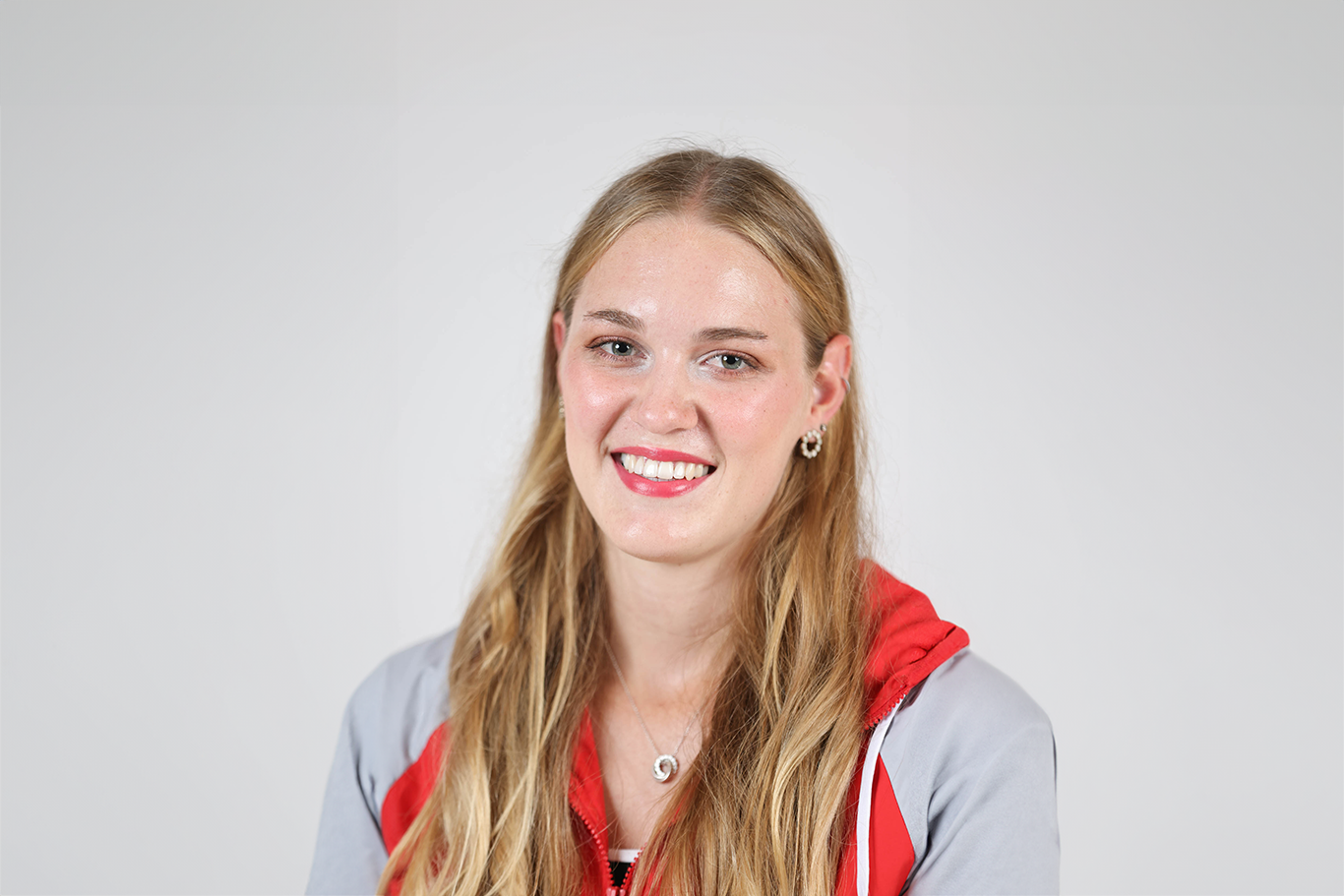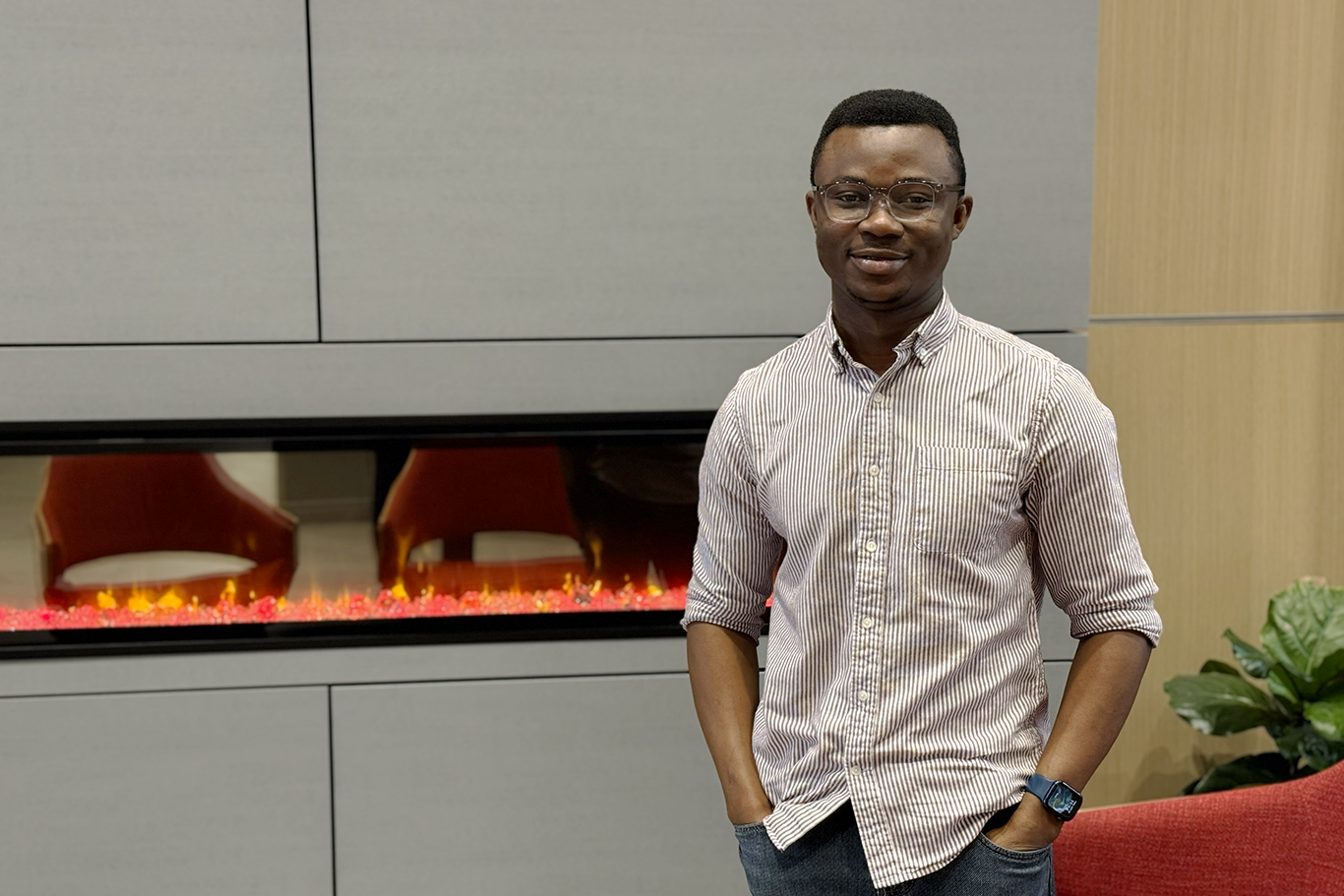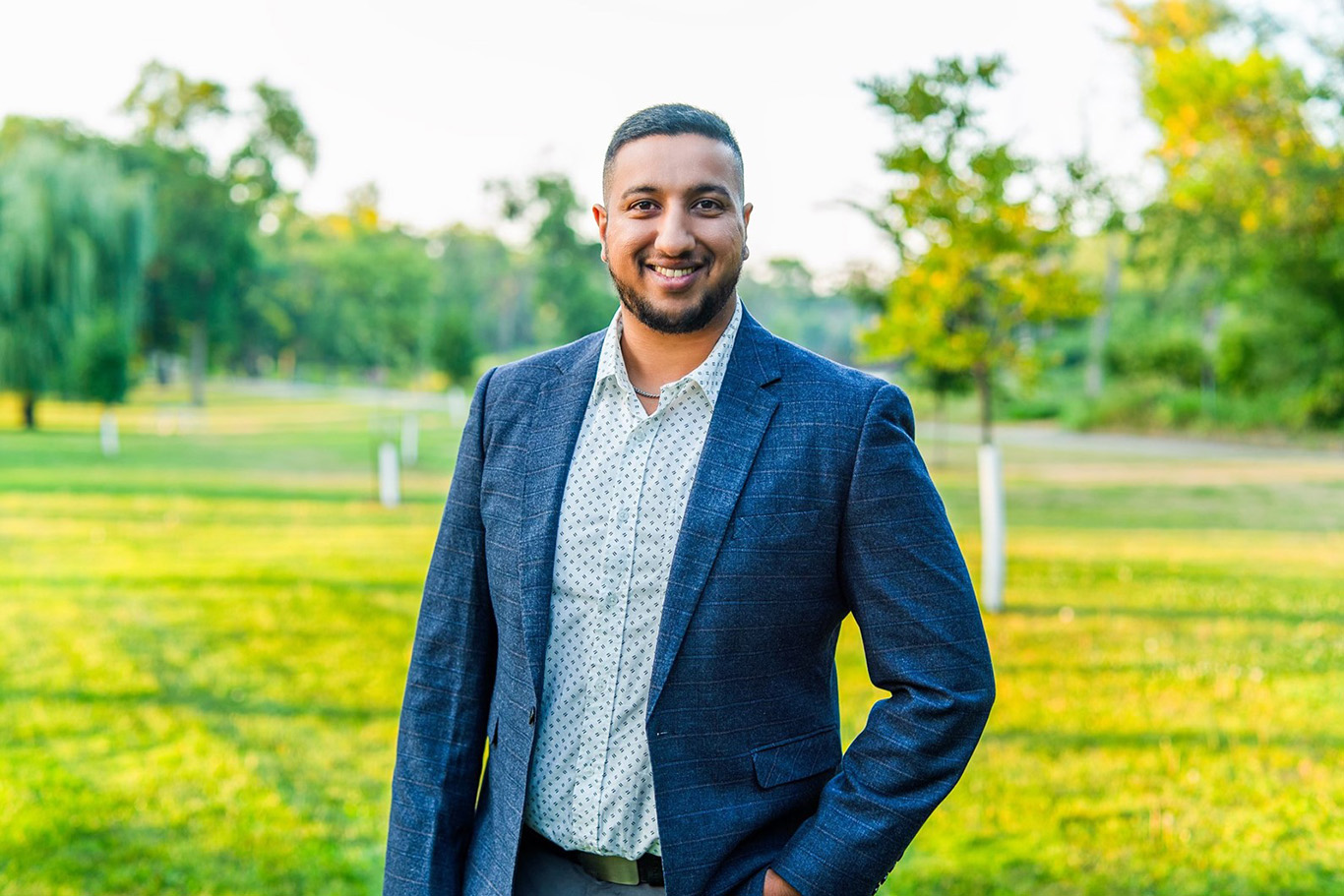MSU Moorhead Focuses on Equity by Design
At Minnesota State University Moorhead (MSUM), it is important to lead by example and build a community where no one feels excluded. After being appointed Chief Diversity Officer in 2019, I faced a decision: Am I going to continue using the word Chief in my title, or will I not use this word because it’s out of context and deemed insulting to our Indigenous Peoples? I chose to modify the title to Campus Diversity Officer. It was my first step in practicing equity-mindedness in my new role.
Over the last 10 years as a diversity, equity and inclusion practitioner in higher education, it is clear that as we grow and learn, our language and practices must change if we are to create an equitable society. The work to support equity-minded campus practices, curriculum, and culture has been happening at Minnesota State colleges and universities for decades. The systemwide goal of Equity 2030 is to eliminate racial graduation disparities by the year 2030.
Equity gap vs achievement gap
MSUM formed its Equity by Design (EBD) workgroup over the summer. The group, comprised of campus administrators, students and faculty, ultimately wants to eliminate the ‘equity gap’ between racial identities, formally known as the ‘achievement gap.’ When we say things like, “their English skills are lacking” or “they come from a place that doesn’t value education,” we focus on an achievement gap that’s rooted in deficit thinking and places onus on a student. As a university, we acknowledge our responsibility to change the educational mindset and encourage individual reflection on our thoughts, words and actions. We must educate our community about the historical inequities that shape our students and their realities.
MSUM, like most other higher education institutions, sees lower graduation rates among our African American, American Indian, Asian American and Latinx students when compared to Caucasian students. We know this is not acceptable and, therefore, we must change it.
Additionally, Minnesota, like many other states, must strategize to meet the state’s employment needs. As racially ethnic communities continue to increase in population, the solution to meet the economic forecast is right in front of us: We need to increase access to our learning institutions for groups historically underserved by higher education, and we must graduate more culturally diverse students.
Focusing on an equity gap instead of an achievement gap allows us to frame our work on creating equity-minded practices, pedagogy, curriculum and inclusive communities. The EBD methodology is data-informed, impacts organizational development and talent management strategy, and prepares institutions to be student-ready while prioritizing equity in academic outcomes.
Building our university’s capacity to serve students historically underserved in higher education will require focus, intentionality and accountability. At MSUM, we will aim to eliminate academic disparities and close the equity gap.
Make Sure Your Story Is Heard
Let us know how your life has been changed by being a Dragon: tell us your MSU Moorhead story today!
Send Us Your Story


